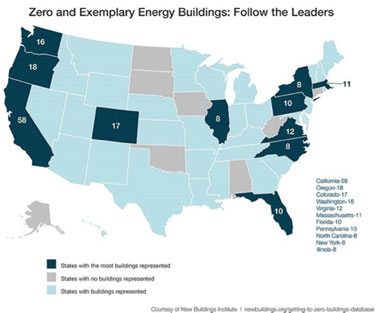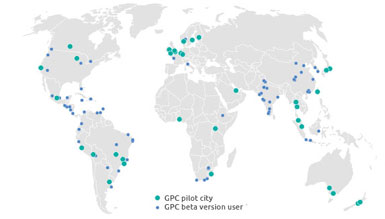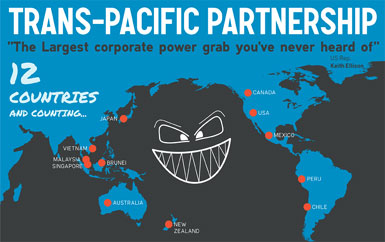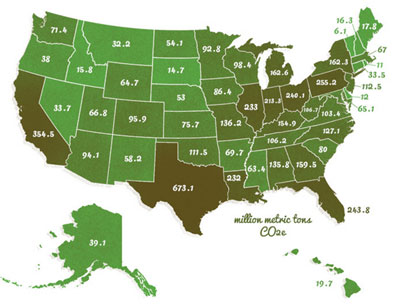- Home
- Articles posted by: Rona Fried (Page 29)
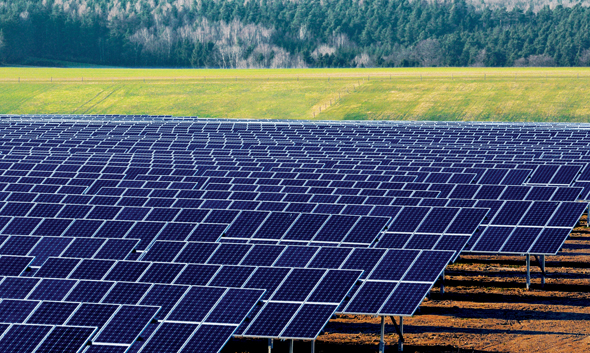
Will federal incentives for the solar industry be allowed to expire after 2016? The only thing good about being in the dark about the answer is that it is spurring some 32 gigawatts (GW) of new solar projects now, just in case. That’s close to double the 20 GW installed in the US. And those 32 GW are all larger than 5 megawatts (MW) – they leave out the legions of small, rooftop systems, according to market research firm, IHS Technology. Most projects are in the 20-100MW range. “Newly proposed projects appear to be primarily located in less contentious areas and developed at sizes that are likely to promote a high potential for success in a short time,” says Christine Beadle, senior analyst for IHS. As you can see, the majority are still in California, and the new leader, North Carolina: Credit: IHS Technology Financing is already more difficult for utility-scale projects with long lead times because of the pending expiration of the ITC. Projects must be completed before the Federal energy investment tax credit (ITC) expires at the end of 2016, when the tax credit drops from 30% to 10%. Legislation to renew the ITC was introduced in May – we’ll see if it gets anywhere. The wind industry’s production tax […]
Read More
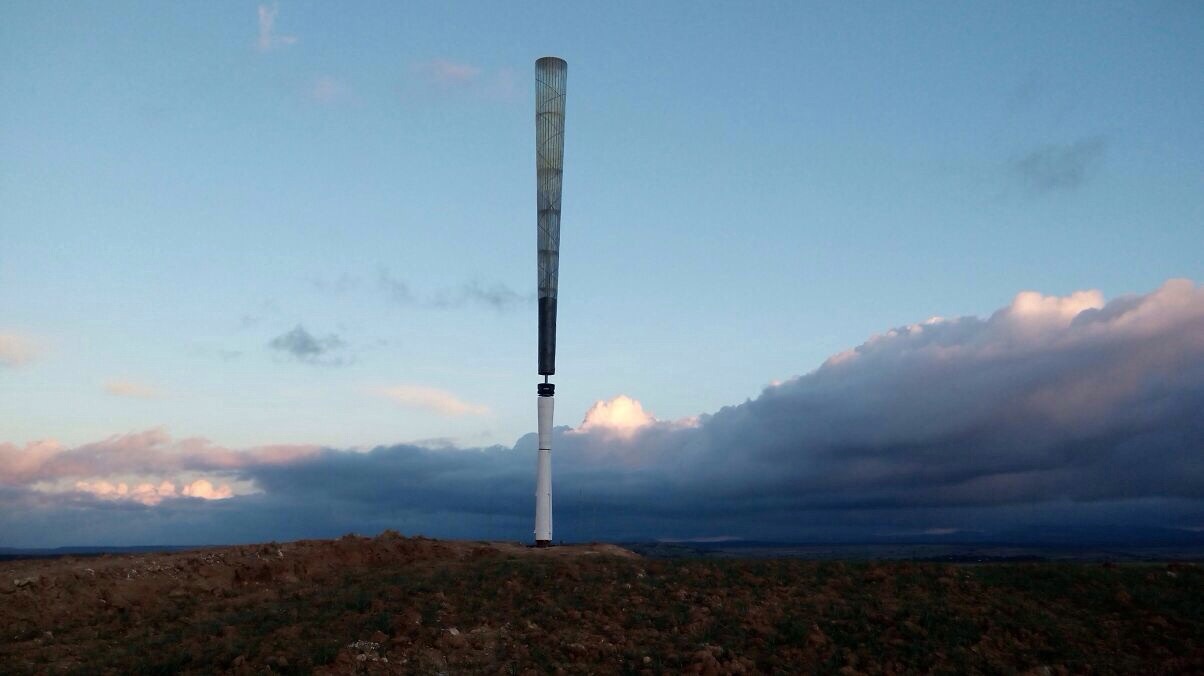
While wind turbines produce clean energy unlike dirty power plants that pollute out of sight, many people aren’t thrilled to see them dotting the landscape. Over the years, there have been many turbine designs that have yet to gain traction, notably vertical turbines. Now, there’s a new design that takes it to the limit – turbines that look like sticks in the ground – with no blades at all. Does this new design look better to you?! No more worries about noise for people who live nearby. It has no moving parts and is therefore silent. It doesn’t have blades, so it can’t kill birds and bats. Prototypes are almost as efficient as conventional turbines and are markedly cheaper to build and maintain. “It will need less material, allowing us to provide electricity to more people at a lower cost, while leaving a smaller environmental footprint. It won’t kill birds and it won’t make noise. Stop imagining – here comes Vortex!,” says the developer, Spain-based Vortex Blades, on its crowdfunding page. Here’s how it works Instead of capturing energy by the rotating motion of turbine blades, Vortex takes advantage of “vorticity” – an aerodynamic effect that occurs when wind breaks against a solid structure. It begins to oscillate and captures the energy that is produced. It “floats” on magnets, which […]
Read More
A new wind turbine design takes minimalism to the limit - it has no blades at all.
Read More
The US has a total 20 GW of solar, and another 32 GW are planned by the end of 2016!
Read More
More energy efficiency requirements approved to set the stage for the big transition in 2020.
Read More
That's the response of Europe's cities to the big oil companies' call for a carbon tax that makes natural gas the central energy source.
Read More
Scotland says it will decarbonize heating fuels by 2050, and Indonesia's goal is 19% renewable energy by 2019.
Read More
As Fast-Track went down today, Europe says it will block trade deals if its right to regulate is overturned.
Read More
Vermont is leading again with forward-thinking policies, while Wisconsin refocuses its environmental department on promoting hunting and fishing.
Read More

by Rona Fried With years of extreme drought in California and the Midwest bread basket, we’re beginning to see how climate change can have a devastating impact on food supplies and prices. The silver lining is this could lead us to a more sustainable food system, one that relies on locally produced food and that doesn’t depend on transporting it huge distances (which would lower emissions). This isn’t pie in the sky – 80-100% of Americans’ food could be grown within 50-100 miles of our homes, concludes Elliott Campbell, a professor at University of California/Merced, in the study, "The Large Potential of Local Croplands to Meet Food Demand in the United States." Locally produced food isn’t new – we’ve seen an explosion in farmers markets and Community Supported Agriculture (CSAs) in recent years, and the USDA has been fostering local "food hubs," but there’s huge room for growth. 30% of New York City’s population could be fed from farms within 100 miles, as could half the people in the greater Los Angeles area, for example. The percentage goes up as people eat more plants and less meat. Compost collected from cities would fertilize the farms, obviating the need for petroleum-based […]
Read More




